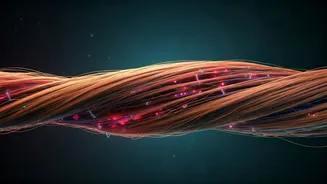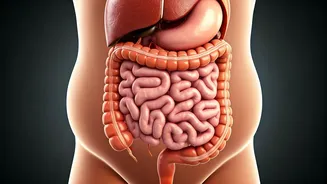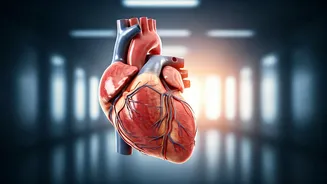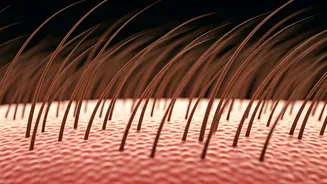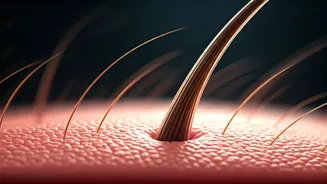Genetic Blueprint for Hair
Hair loss, or balding, is a condition significantly influenced by our genetic makeup. While it's a common belief that baldness is solely inherited from
either the mother's or father's side, scientific understanding tells a more complex story. The reality is that genes from both parents contribute to the likelihood of experiencing hair loss. Several genes involved in hair growth and loss are passed down from both sides of the family. The presence and combination of these genes determine a person's susceptibility to hair loss. This indicates a polygenic inheritance pattern, meaning multiple genes interact to determine the overall trait. It is, therefore, not simply a matter of inheriting a 'baldness gene' from one specific parent, but rather a combination of multiple genetic predispositions from both.
Beyond Parental Genes
While genetics plays a crucial role, it's not the only factor. Environmental influences and hormonal changes also significantly impact hair loss. These factors can either accelerate or mitigate the effects of genetic predisposition. For instance, prolonged exposure to pollutants or certain lifestyle choices, like poor diet or excessive stress, may contribute to hair thinning. Hormonal fluctuations, especially in men and women as they age, trigger or worsen hair loss. Conditions such as thyroid issues or changes during menopause can influence hair health. This interplay of genetics and environment underscores the complexity of hair loss, suggesting that managing lifestyle, diet, and health can help slow down the process.
Unraveling Inheritance Patterns
The inheritance pattern for balding is not straightforward. The genes related to hair loss do not follow simple Mendelian genetics. Instead, it is likely that many genes collectively influence hair growth and loss, some with greater effects than others. Some genes involved might be dominant, while others are recessive, and some might even be linked to specific sex chromosomes. Due to this complexity, predicting hair loss is challenging, as the combination of genes inherited from both parents varies. Therefore, family history serves as a general guide, but it is not a definite indicator. The presence of hair loss in either side of the family increases the likelihood of experiencing hair loss, yet the exact progression remains highly variable.
Hormones and Hair Health
Hormones play a significant part in hair health, and imbalances can be a key contributor to hair loss. Testosterone, a male hormone, can convert into dihydrotestosterone (DHT), which can shrink hair follicles in individuals genetically susceptible. This process causes the hair growth cycle to shorten, resulting in thinner hair and eventual balding. Women also experience hormonal influences, particularly during menopause, when estrogen levels decline, and hair may become thinner. Thyroid hormone imbalances can also impact hair growth, as both hyperthyroidism and hypothyroidism are linked to hair loss. Maintaining hormonal balance is, therefore, essential for hair health. Any hormonal changes must be addressed with medical advice to minimize hair loss.
Environmental and Lifestyle Factors
In addition to genetics and hormones, various environmental factors and lifestyle choices influence hair loss. Diet, for instance, must be balanced and contain adequate protein, vitamins, and minerals. Poor nutrition or restrictive diets may lead to nutrient deficiencies that negatively impact hair growth. Stress, both physical and emotional, is another significant factor that can trigger hair loss. Chronic stress disrupts the hair growth cycle, causing more hairs to enter the shedding phase. Moreover, certain medical treatments and medications can also induce hair loss. Chemotherapy, in particular, commonly results in hair loss as a side effect. Exposure to environmental pollutants and excessive use of harsh hair products may also cause damage and hair thinning. Adopting healthy lifestyle practices and managing these external factors can play a vital role in preserving hair health.
